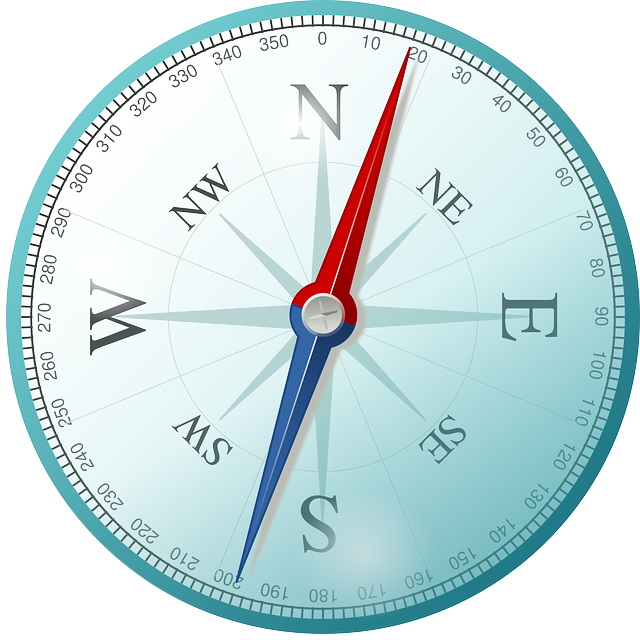In the realm of global exploration and navigation, Google Maps has ushered in a groundbreaking paradigm shift. With a mere series of taps on a handheld device, one can effortlessly chart a course to uncharted territories, steer clear of traffic bottlenecks, and uncover nearby points of interest. Yet, amid our increasing reliance on this digital cartographic marvel, a recurring query surfaces: how reliable is the accuracy of Google Maps? This discourse delves into the precision of Google Maps, delving into the factors that exert influence on its trustworthiness, and illuminating optimal strategies for its adept utilization.
Unraveling the Accuracy of Google Maps
Within the sphere of navigational tools, the utility of Google Maps assumes a paramount position. Armed with the ability to facilitate seamless orientation, identify commercial establishments, and traverse novel realms, this innovation is fortified by a labyrinthine algorithm. The algorithm, a dynamic amalgamation of data from diverse sources—encompassing satellite depictions, Street View imagery, and user-contributed information—serves as the bedrock for a constantly evolving, all-encompassing global atlas.

Ensuring Unwavering Accuracy
A dynamic facet underpinning Google Maps’ accuracy is its proclivity for incorporating user input. The bedrock of accuracy lies in the fluid process of user feedback and corrections. The dynamic synergy between users and Google metamorphoses discrepancies into accuracy; a user encountering any inaccuracies possesses the ability to transmit a report, subsequently acted upon by Google to rectify the anomaly. This iterative, symbiotic loop of improvements nurtures a living, breathing representation of our ever-changing world.
The Mechanics Behind Google Maps
Intricately weaving threads of GPS, Wi-Fi, and cell tower signals, Google Maps crafts an intricate tapestry of user location determination. Upon input of a destination or address, Google Maps ingeniously synthesizes this data to chart an optimal route. Moreover, real-time traffic insights seamlessly guide the user away from congested thoroughfares, thus unlocking the potential for temporal salvation.
Peering into the Precision of GPS:
Amid the realm of accuracy, GPS emerges as a cornerstone, exhibiting commendable reliability. Navigating within meters or less—dependent upon the efficacy of GPS receivers and satellite visibility—GPS forms an archetypal benchmark. Alas, the sphere of GPS is not impervious to external influences; an array of factors conspire to occasion a diminution in accuracy.
Unraveling the Fidelity of Google Maps Guidance:
Manifesting impeccable fidelity in most instances, Google Maps’ guidance occasionally courts imperfection. The mutable nature of road configurations or the dynamic tapestry of traffic conditions occasionally begets outdated or erroneous directives. This veritable dynamic, however, is mitigated by the proactive inclusion of user-reported errors—gradually enhancing the precision of navigational guidance.
Unveiling the Veracity of Google Maps Coordinates:
Akin to a cartographic virtuoso, Google Maps coordinates command considerable fidelity, wielding a mere sliver of error. A trinity of GPS data, cell tower triangulation, and Wi-Fi signals unite to orchestrate this symphony of precision. An encompassing tapestry of elements, however, invites fluctuations in accuracy contingent upon multifarious considerations.
Conclusion
In summation, Google Maps emerges as an exalted beacon in the realm of navigation—an instrument of unparalleled accuracy that has sculpted the contours of global exploration. Notwithstanding its prowess, one must acknowledge the imperfect nature of all technology. Delving into the minutiae of GPS dynamics and Google Maps’ modus operandi empowers users to harness this marvel efficaciously, fostering the realization of safe, timely journeys.
By embracing its perpetual evolution and participating in the iterative rectification process, users not only bolster the veracity of Google Maps but also serve as stewards for fellow wayfarers who depend upon this digital compass for their voyages of discovery and wayfinding.
